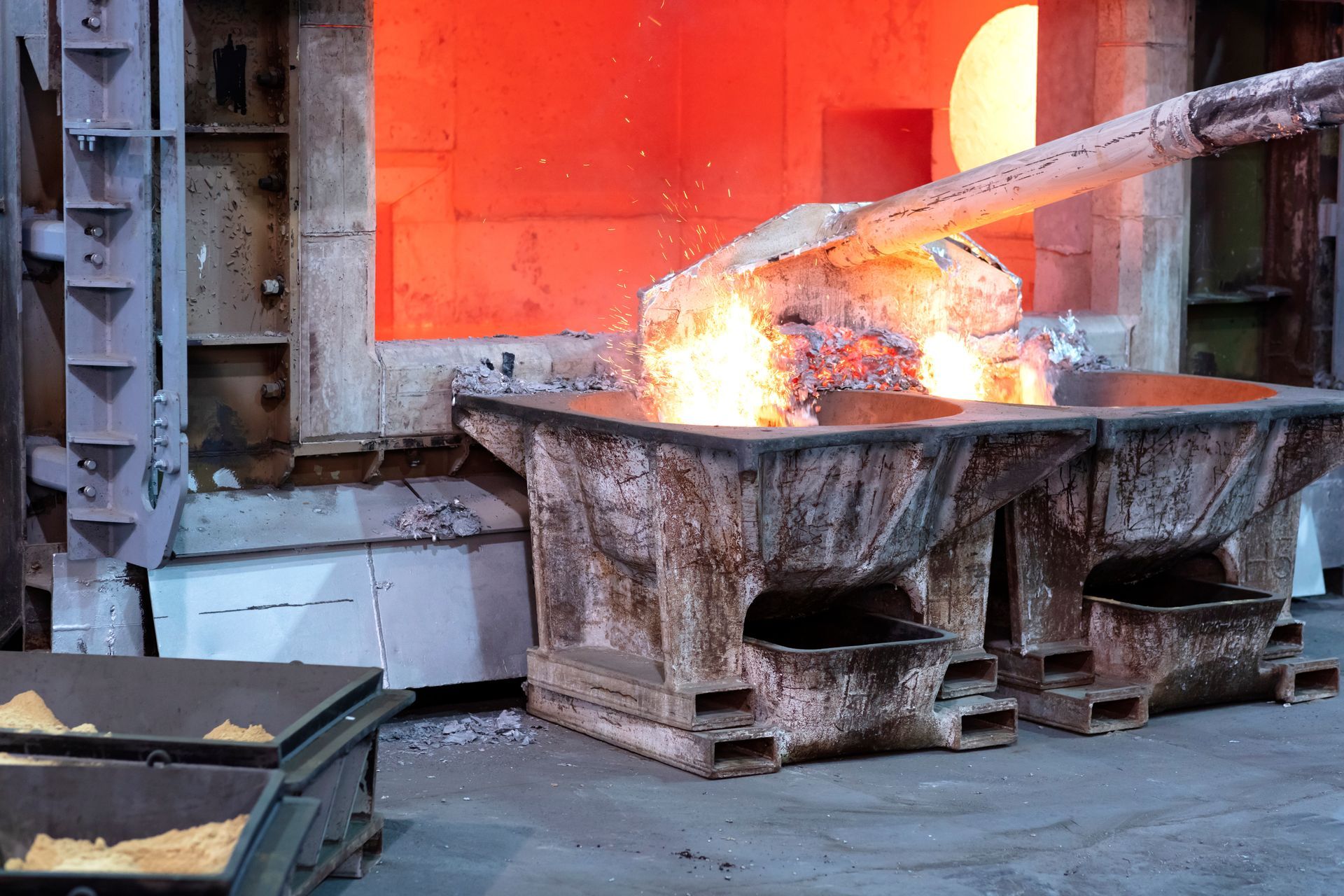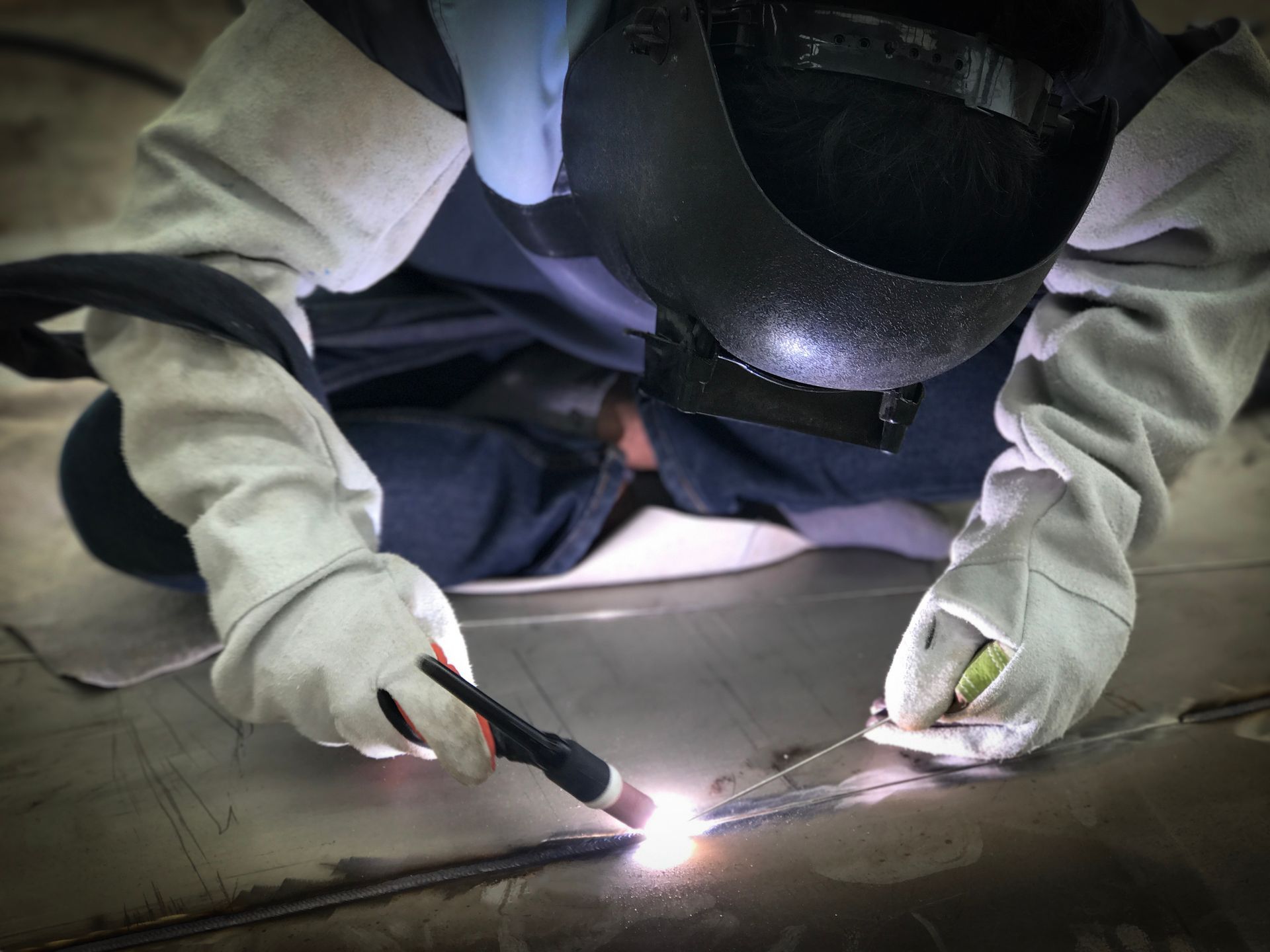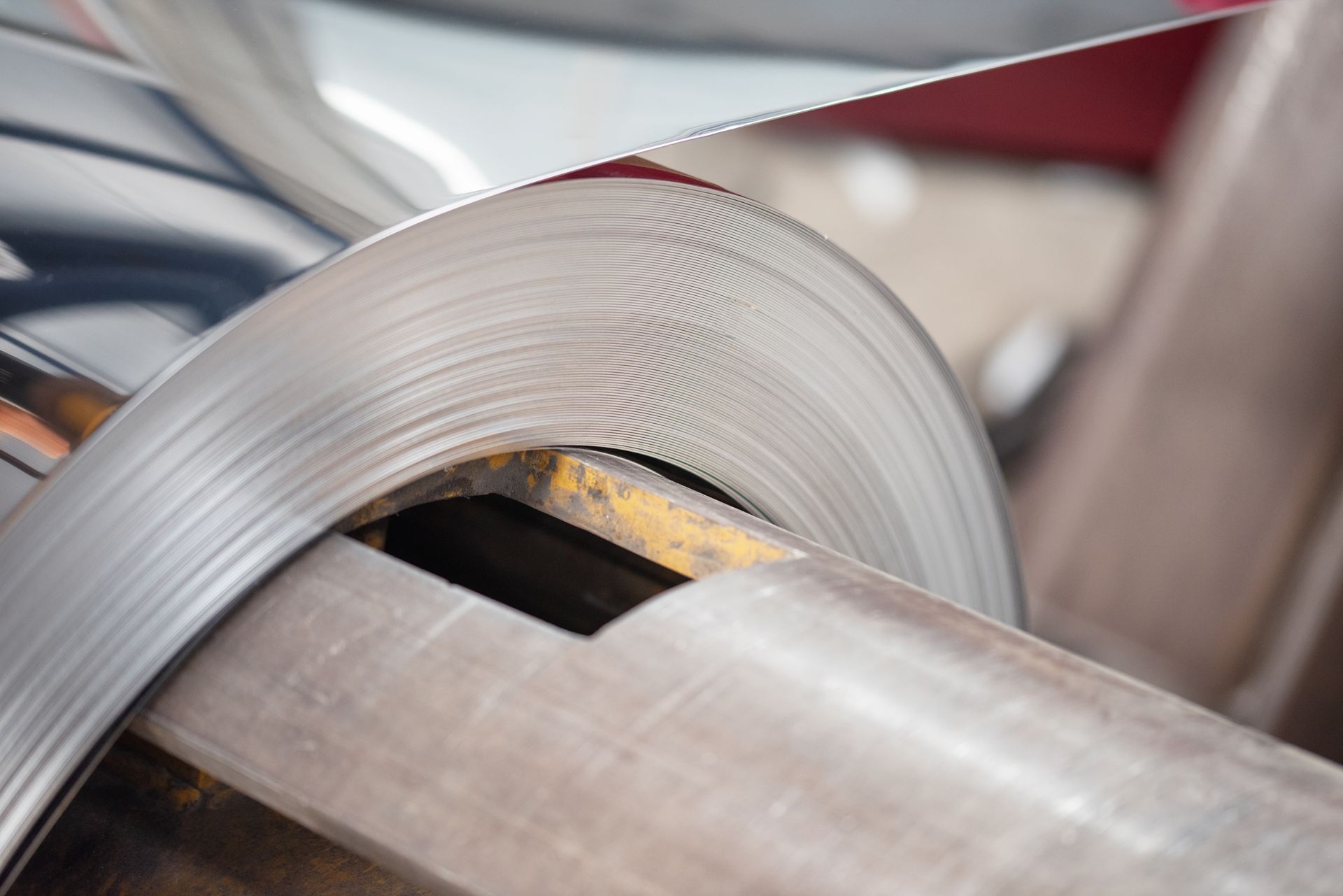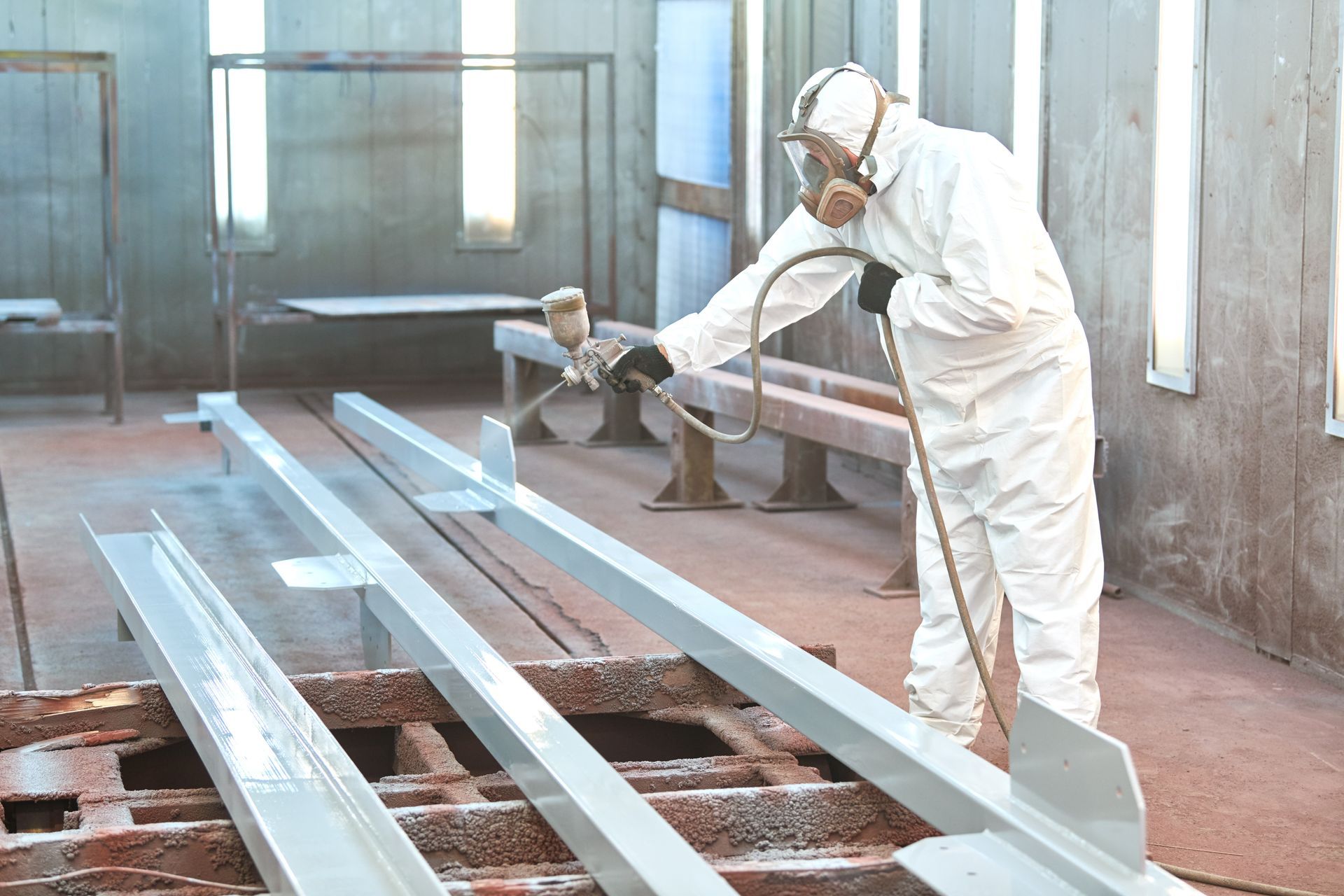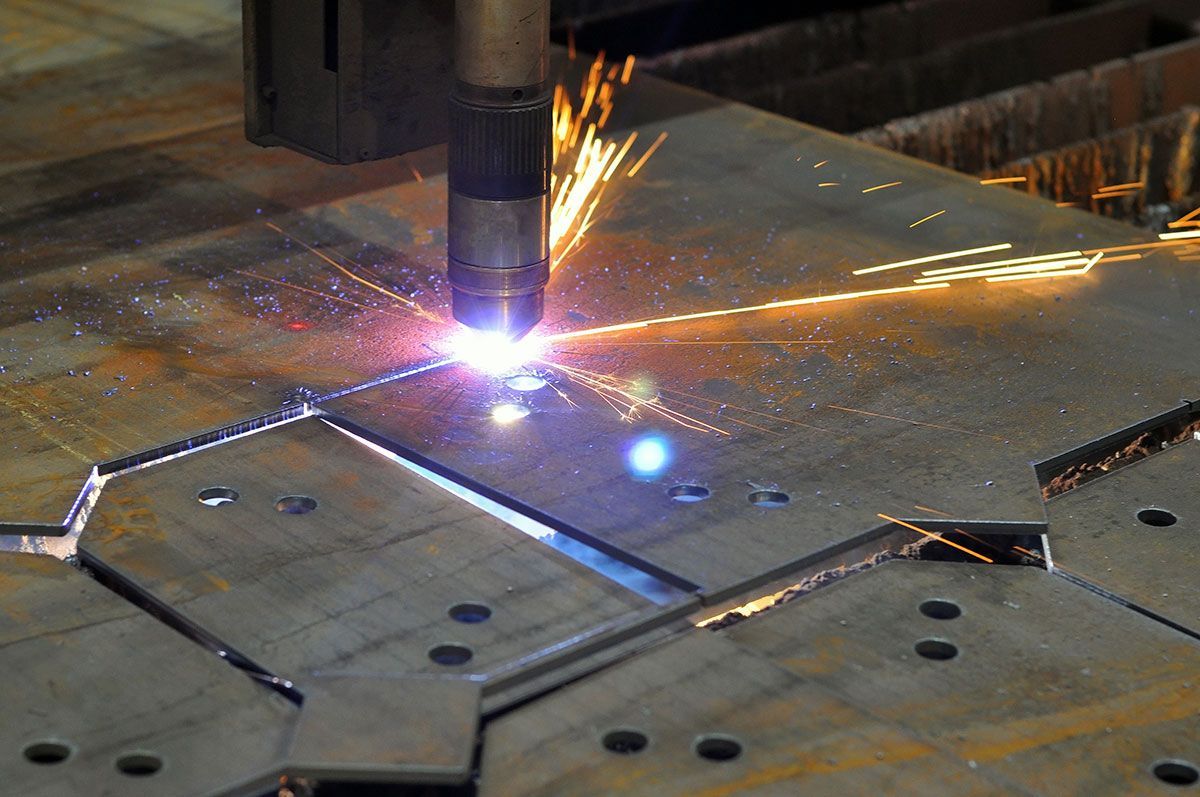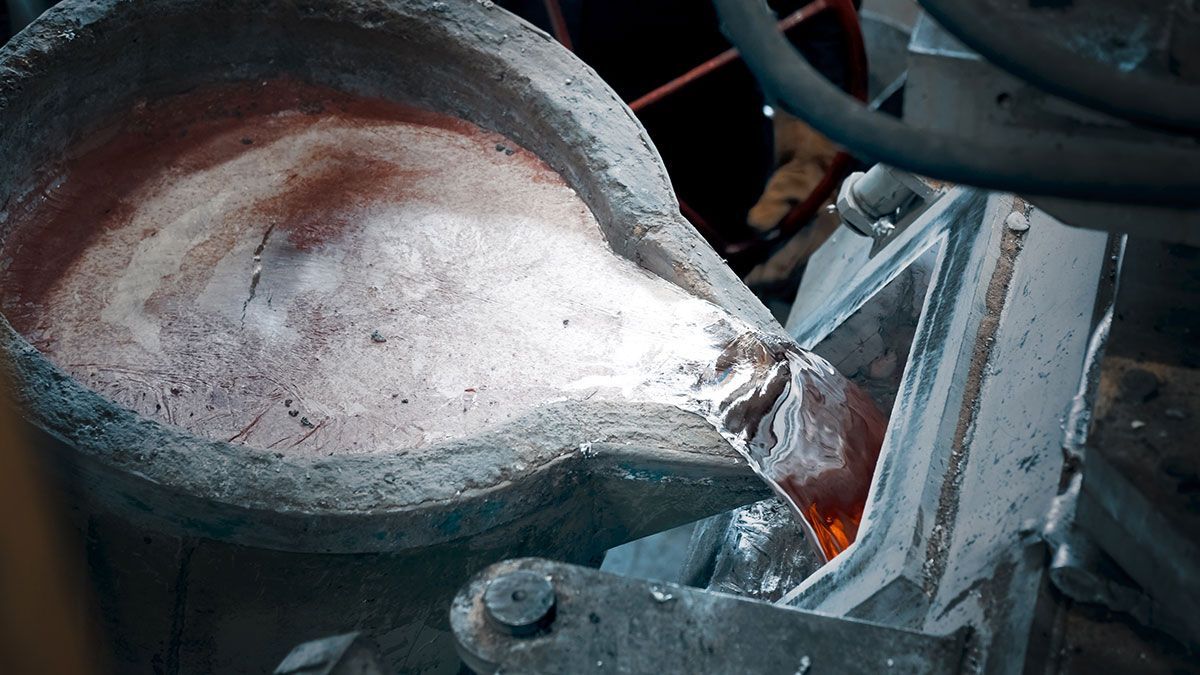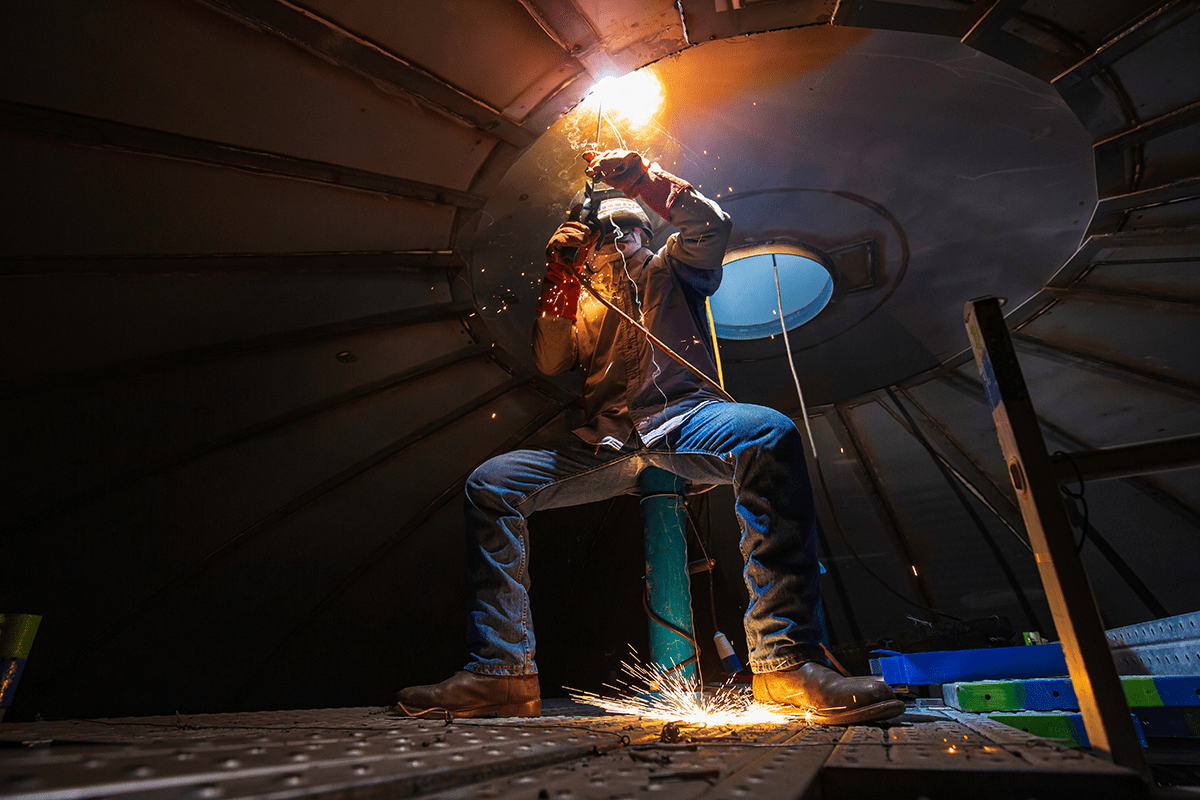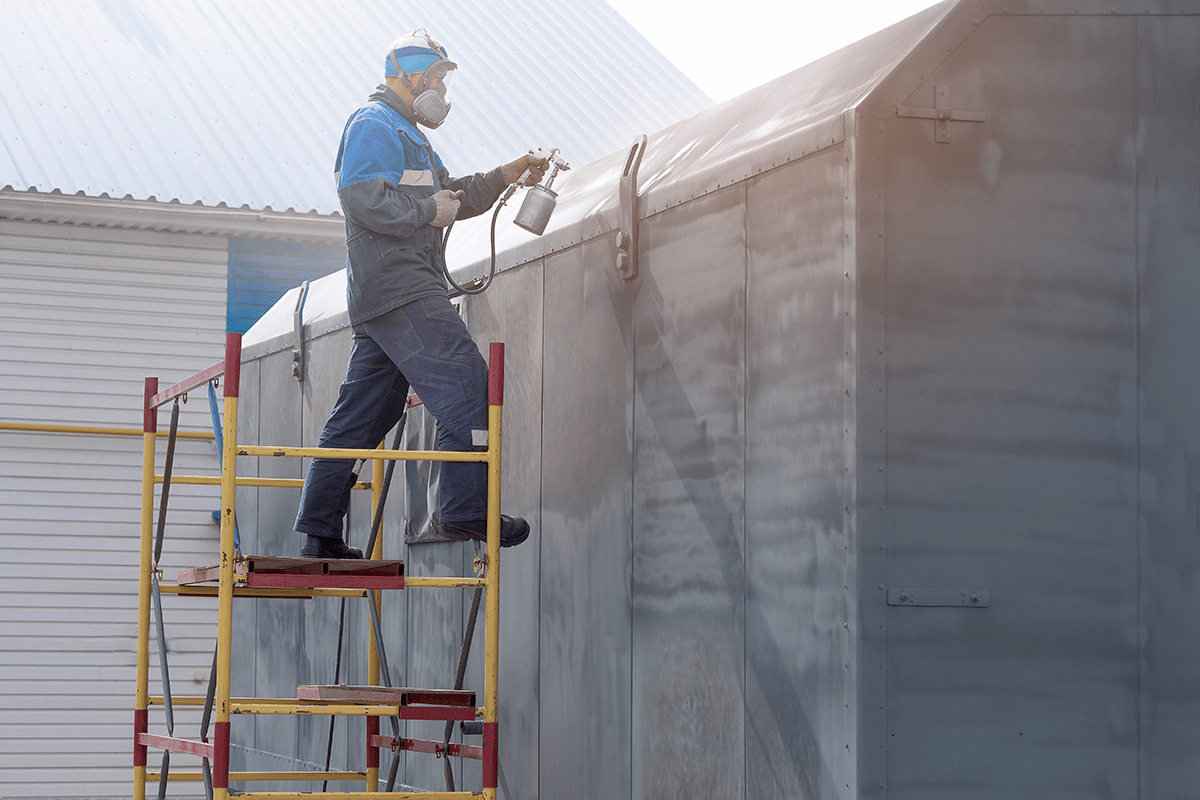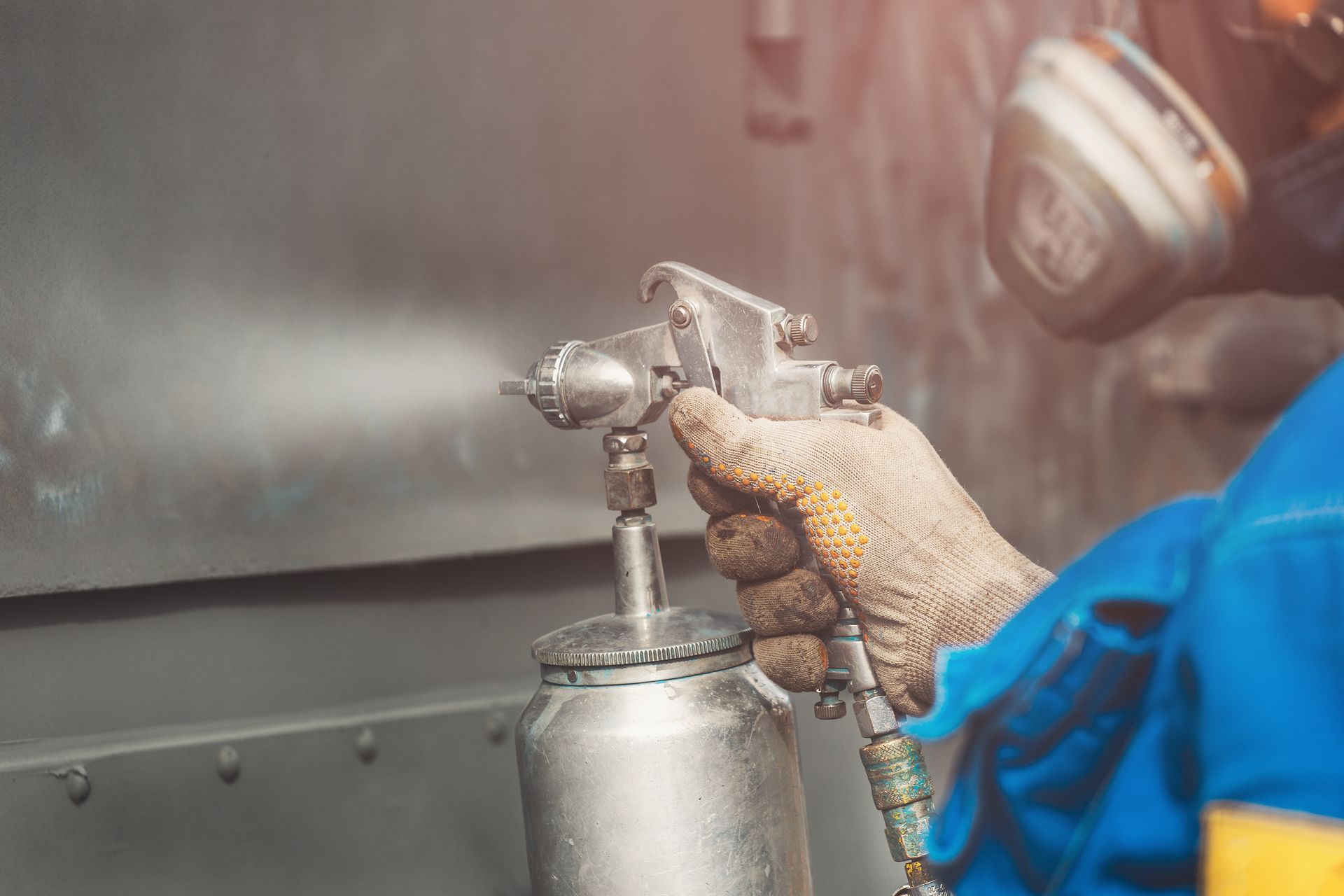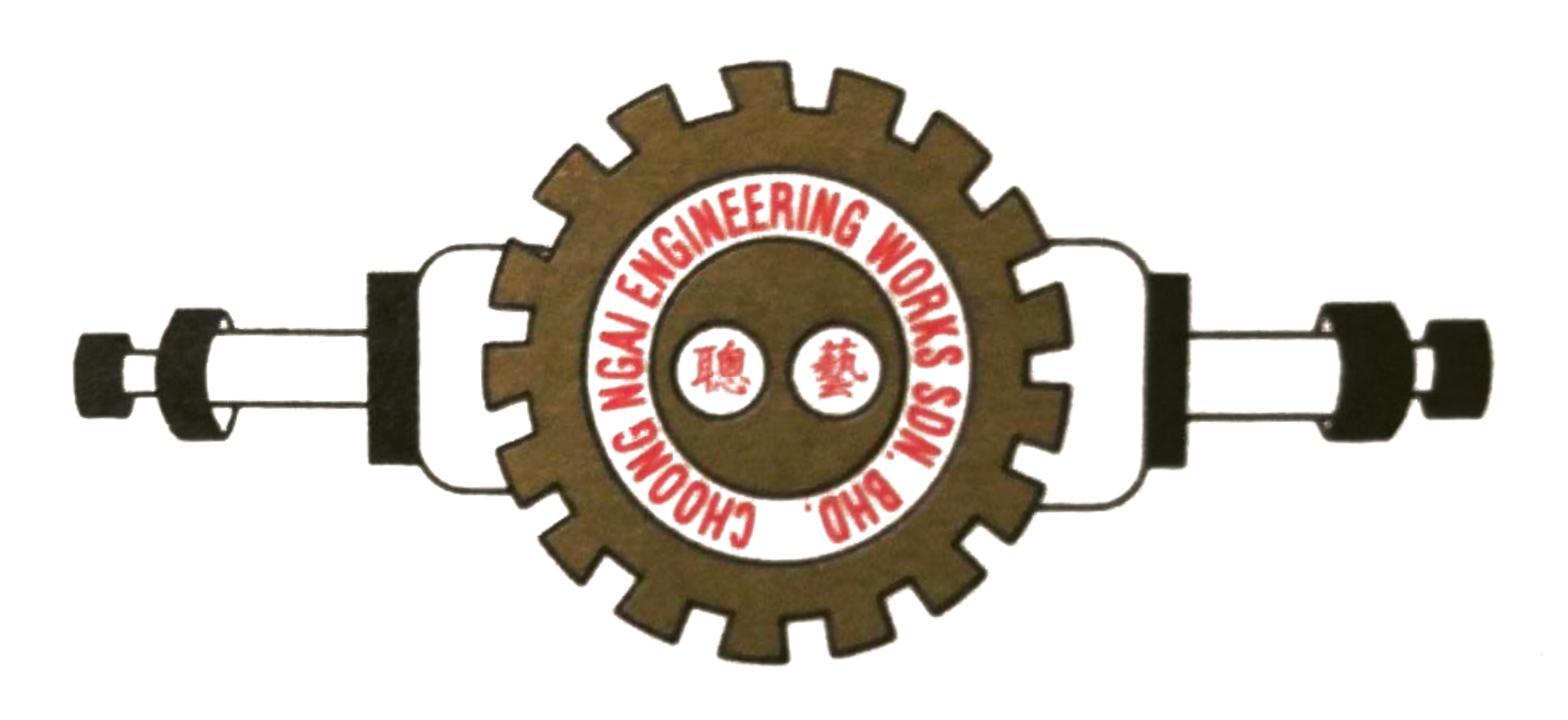10 Common Tools To Have In Your Home Toolbox
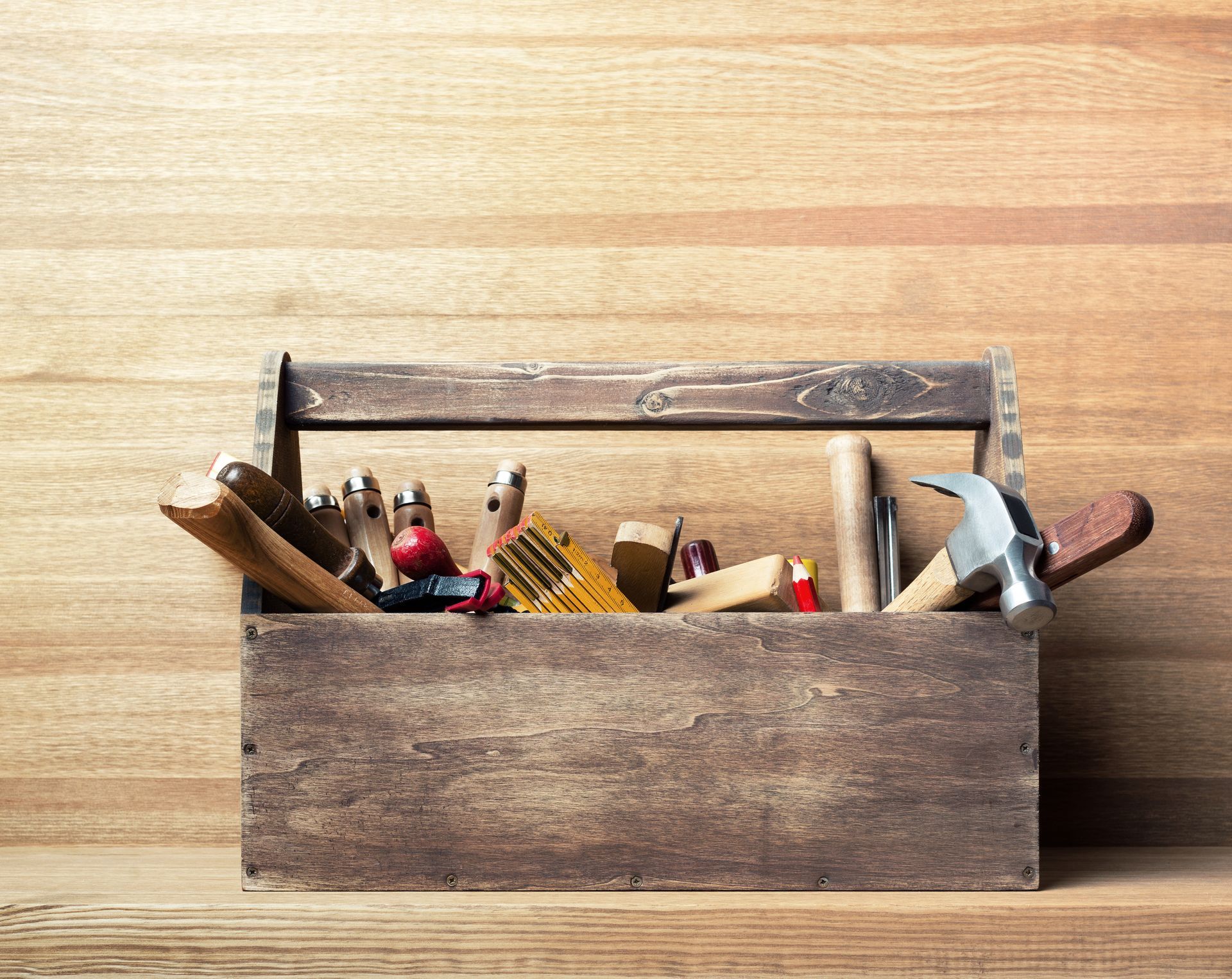
Every home requires a tool kit containing the everyday necessities you'll need for simple do-it-yourself projects or other urgent repairs. Even if you're not an expert, having a toolbox, storage container, or tool belt ensures that everything you need is easy to access.
This guide to assembling a necessary yet small tool kit will enable you to measure up, hang a picture, and handle common household emergencies without fumbling around in the storage room. You may have items that you use less frequently, which can be put away.
So, let's take a look at ten of the most common tools to have in your home toolbox.
Set of pliers
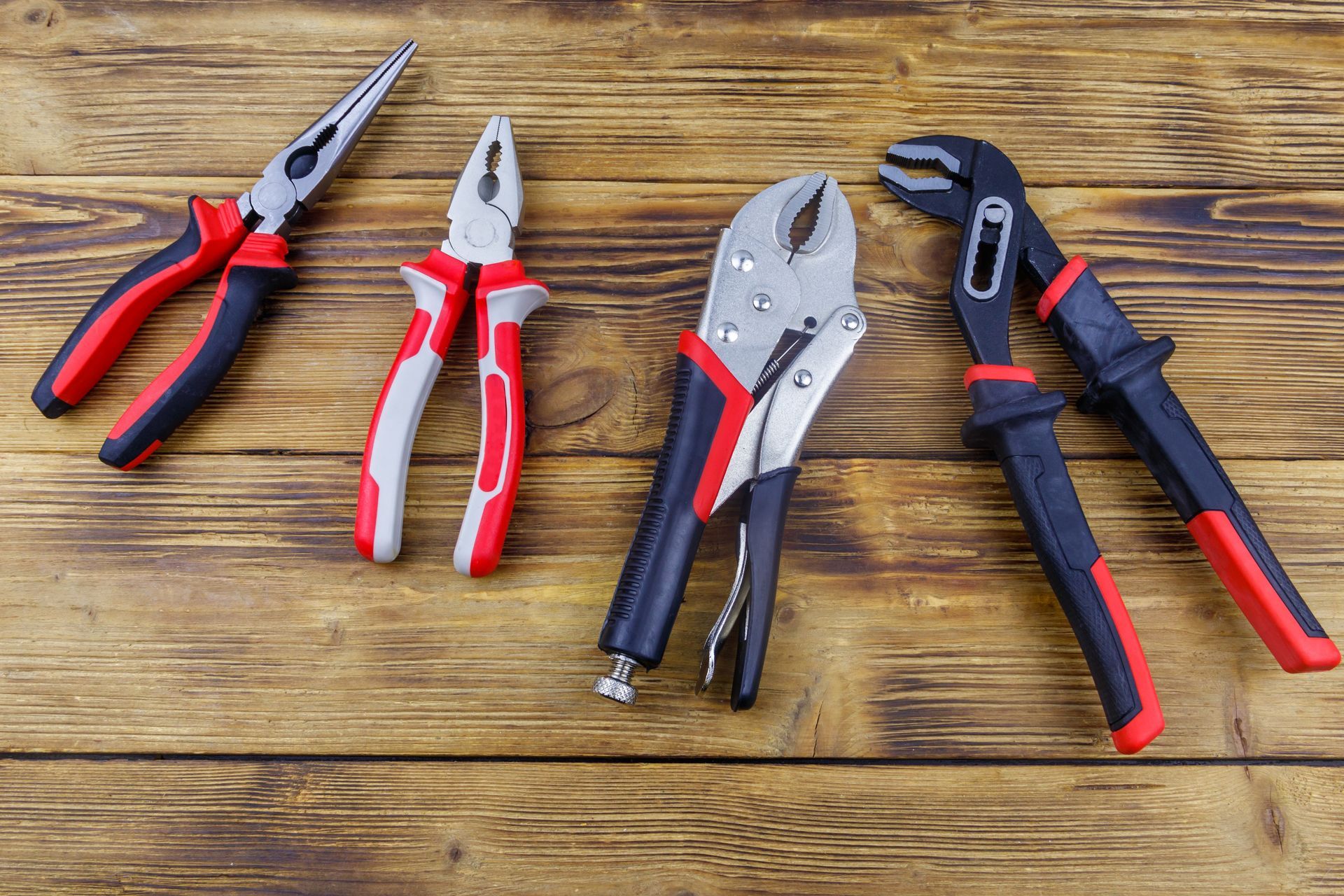
A regular three-piece set includes the following:
- Six-inch slip-joint
- Needle-nose
- Diagonal or cutting pliers
They make it possible for you to grip anything. If you need to cut cables, diagonal pliers are great, and needle-nose pliers are particularly effective in restricted areas.
Hammer
The staple of any toolbox is the hammer. Think of it as essential. There are other kinds, such as:
- Ball-peen
- Sledge
- Mallet
However, if you only have a small toolbox, the 16-ounce claw hammer, which is split and curved on one side head, should handle most jobs and isn't too heavy to use.
Socket wrench set
In comparison to a standard wrench, a socket wrench is more effective. You can purchase a single handle and replaceable sockets in various sizes rather than dozens of wrenches.
When there isn't sufficient space to spin a nut or bolt completely around, a socket wrench with a ratcheting handle allows you to turn the fastener without moving the tool, as you would need to do with a wrench. It should be sufficient to have a set with 25 or so sockets.
Allen wrench key set
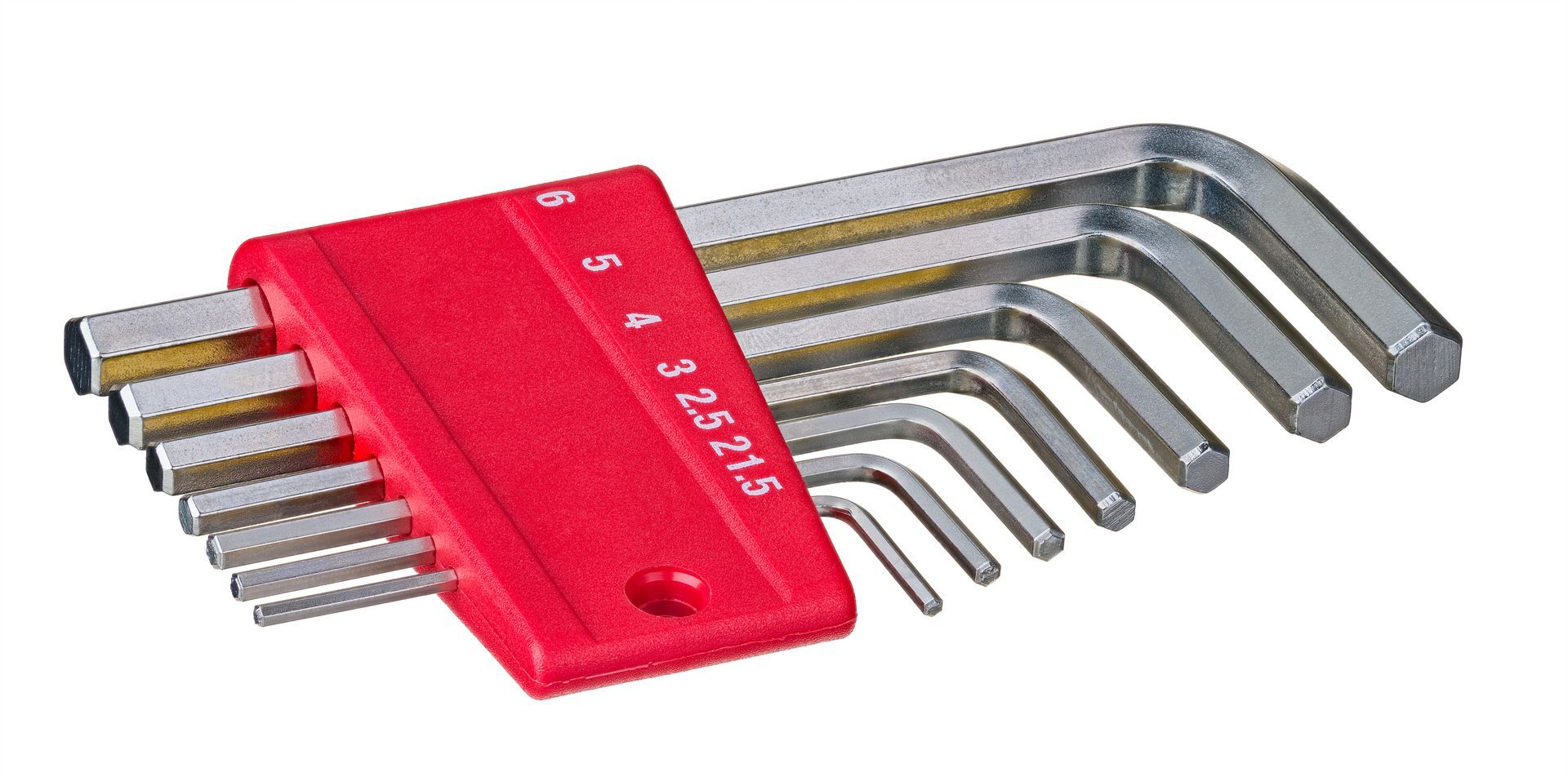
This little tool, also known as a hex key, is used to tighten bolts and screws with hexagonal sockets and is widely known to everyone who has ever put together Ikea furniture. Allen wrenches can be used to tighten assembled furniture, towel bars, and other items.
Tongue-and-groove pliers
These adjustable pliers work well for twisting handles or valves and tightening threaded fittings, such as wash basin drains. They are ideal for plumbing repairs, including:
- Stopping leaks
- Replacing shower heads
- Gripping stuck valves so you can use enough force to turn them off
Four-in-one screwdriver
This is the ultimate cost-effective tool for the following tasks:
- Trying to tighten a loose hinge
- Put together a toy
- Replace an item's batteries
It includes two double-sided bits with two flat heads, and two Phillips X heads on each side. These are interchangeable with the screwdriver handle.
Tape Measure
The most important tool in any toolbox is a metal tape measure, whether you're shopping for new furniture or updating curtains and blinds. Although you might already have one from sewing projects made of fabric, a metal one will provide a far more precise measurement.
If you're going furniture shopping, keep a smaller metal one in your bag; otherwise, a 25-metre-long one should work for most tasks. To prevent collapsing when extended beyond a metre, use one that is at least 2.5 cm wide.
While a laser measure, which is great for measuring large areas, is certainly an option, it is still advised to keep a metal tape on hand as one of your essential household equipment.
Levels
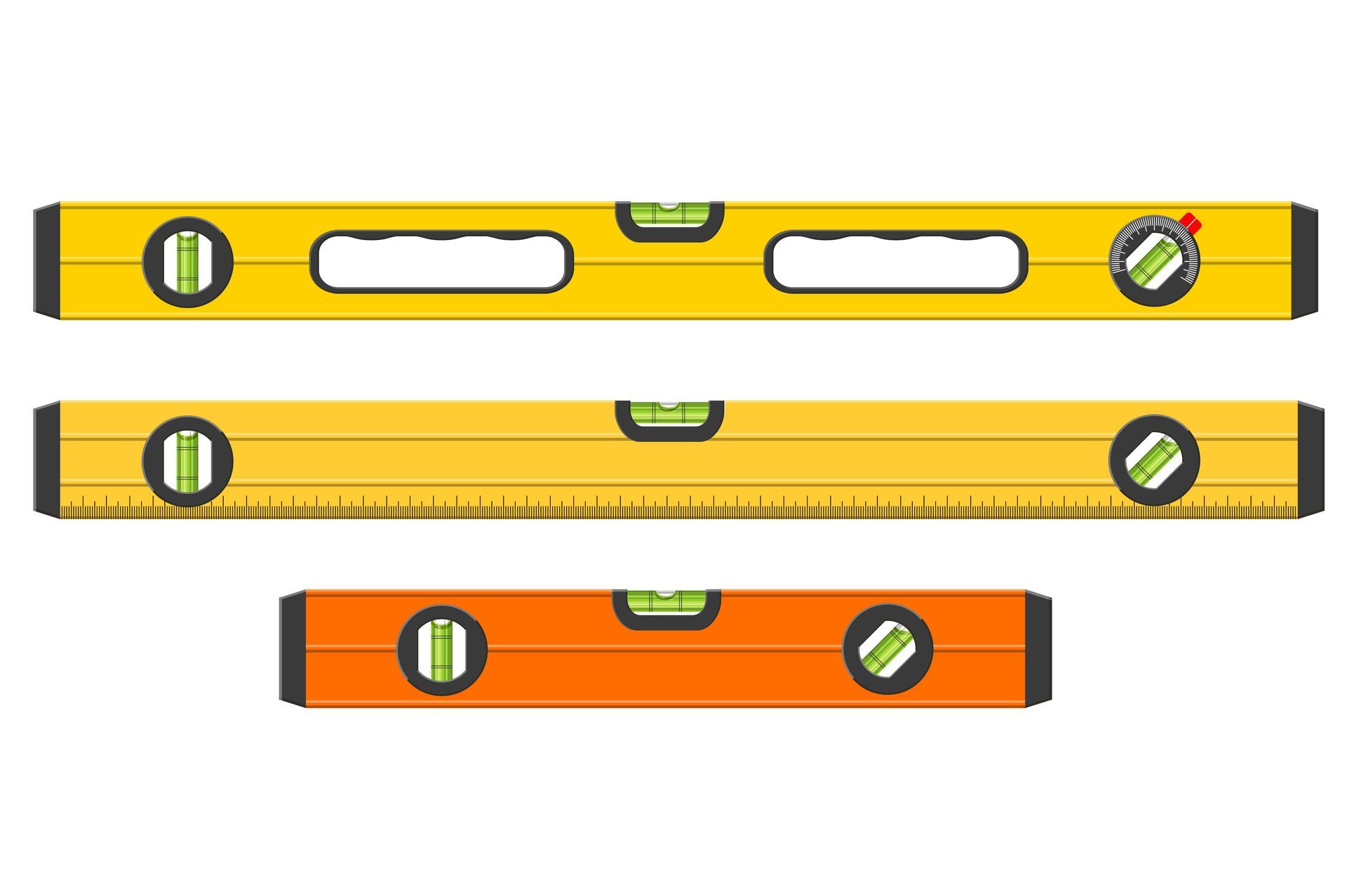
New Paragraph
